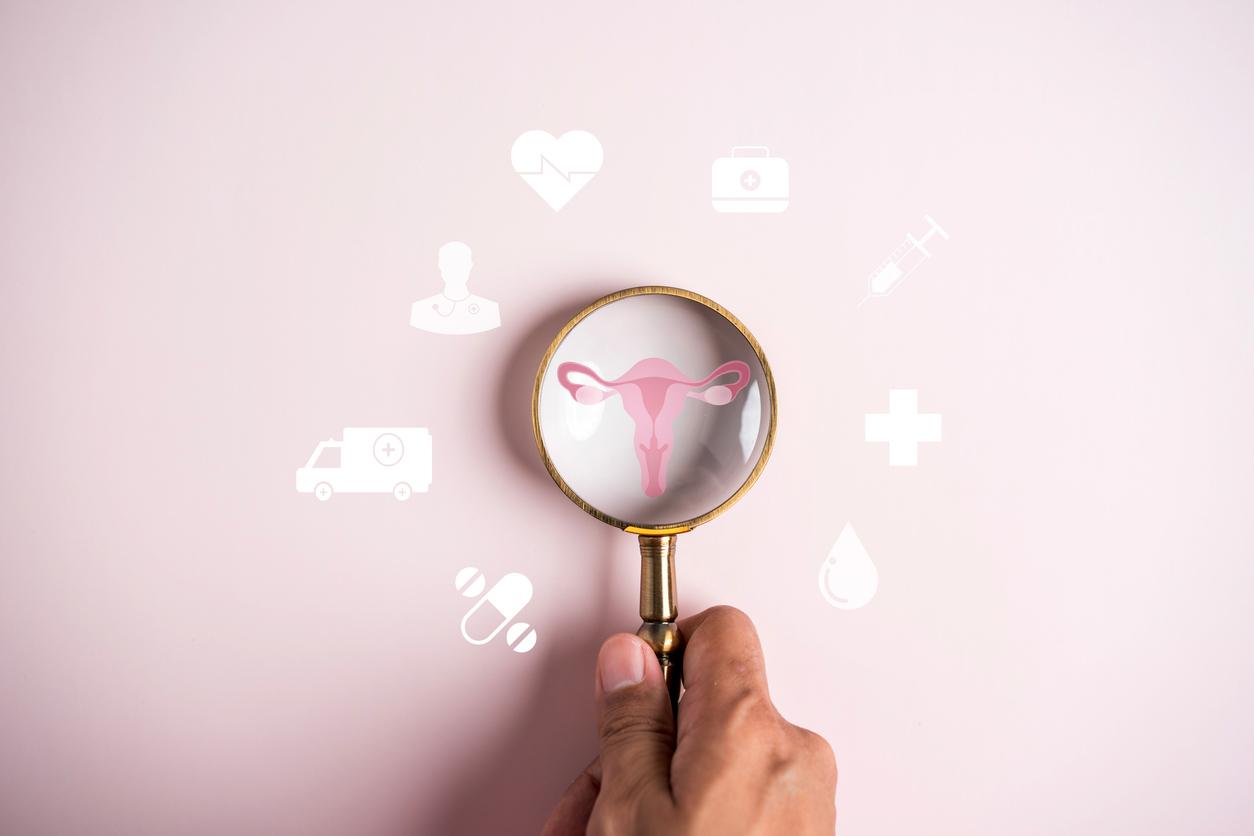Endometriosis, a gynecological disease that affects 10% of women, is aggravated by pollution.

- To combat diagnostic error and improve the care of women affected by endometriosis, a mission was launched in March 2021.
- This has made it possible to provide France with a national strategy for the fight against endometriosis.
“Recently, a review of the literature was carried out based on around fifty studies. It shows that exposure to PCBs is associated with a 70% increased risk of endometriosis, to dioxins to a 65% increase and organochlorine pesticides to a 23% increase”. In a survey of Reporterre, Marina Kvaskoff, epidemiologist and researcher at the National Institute of Health and Medical Research (Inserm), explains that endometriosis is aggravated by pollution. “In 2020, a meta-analysis of twenty-nine studies already pointed to a link between endometriosis and phthalate esters, bisphenol A, organochlorine environmental pollutants – dioxins, dioxin-like compounds, organochlorine pesticides, PCBs”, also reports journalist Émilie Massemin.
Endometriosis is characterized by the presence of fragments of a tissue similar to the endometrium (mucosa lining the inside of the uterus) outside the uterine cavity, at the level of different organs: genital apparatus, ovaries, rectum, bladder, intestines, lungs, etc. During menstruation, these tissue fragments react to hormonal stimulation and cause inflammation, which itself causes debilitating pain and a wide variety of symptoms (digestive disorders, urinary problems, fatigue, etc.).
Origins
Several hypotheses have been formulated to explain the origins of endometriosis. Currently, the pathology is thought to arise from:
– retrograde menstruation, which is characterized by the backflow of menstrual blood containing fragments of endometrium through the fallopian tubes and into the pelvic cavity, even as menstruation occurs and blood flows along the pelvis and is evacuated from the body through the vagina. Retrograde menstruation can cause cells similar to uterine material to deposit outside the uterus, where they implant and grow;
– metaplasia, namely the transformation of one tissue into another. Cells outside the uterus may turn into cells similar to uterine material and begin to grow;
– stem cells causing the disease, which would then spread in the body through the blood and lymphatic vessels.
Immune response
“Other factors may contribute to the development or continued presence of ectopic endometrium” say public health experts. “We know, for example, that estrogens promote inflammation, the development of endometriosis and the pain associated with it, and therefore play a role in the disease”, they continue. Ualteration or deficiency of the immune response, complex and localized hormonal influences and genetics could also play a role in the appearance of the pathology.


















